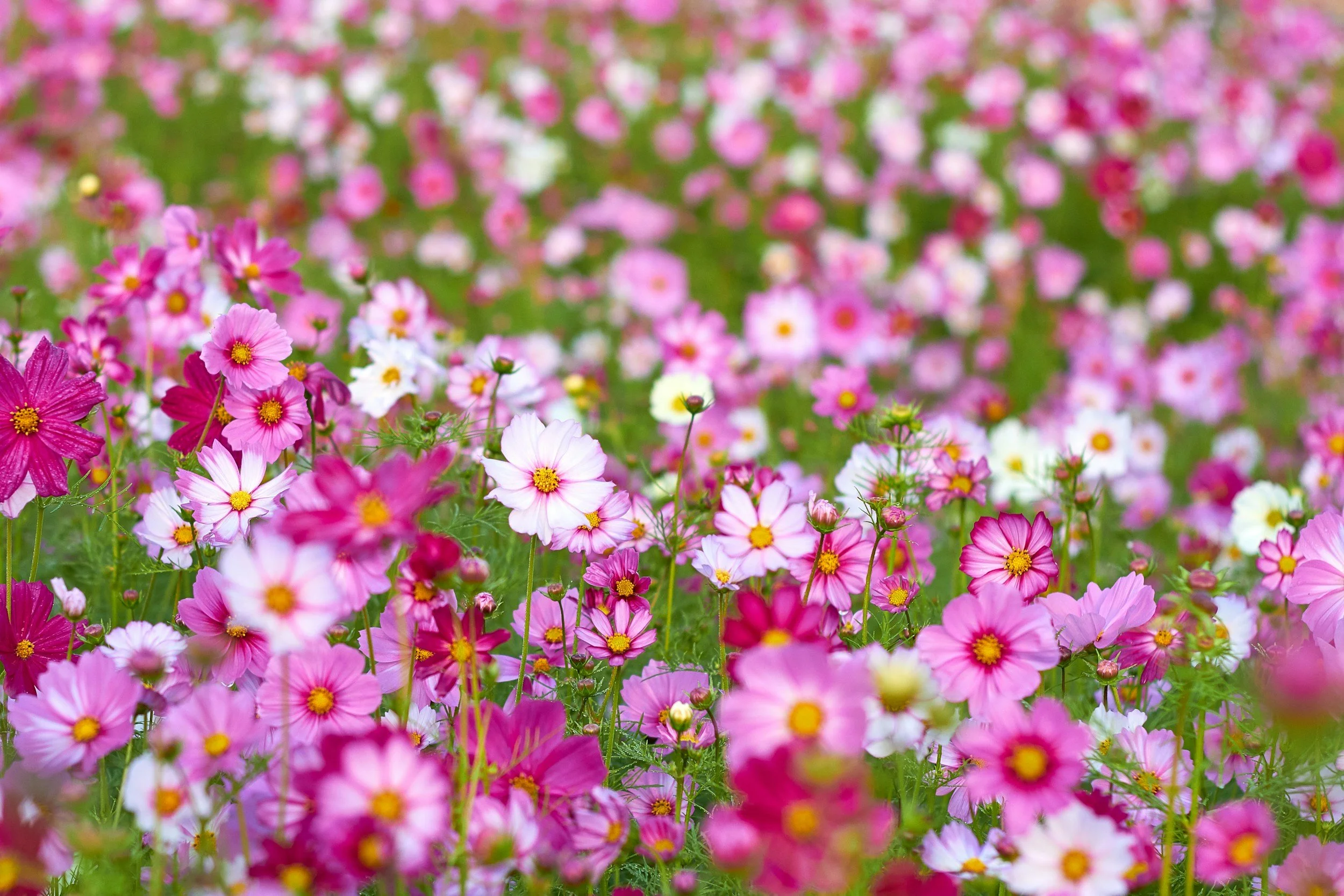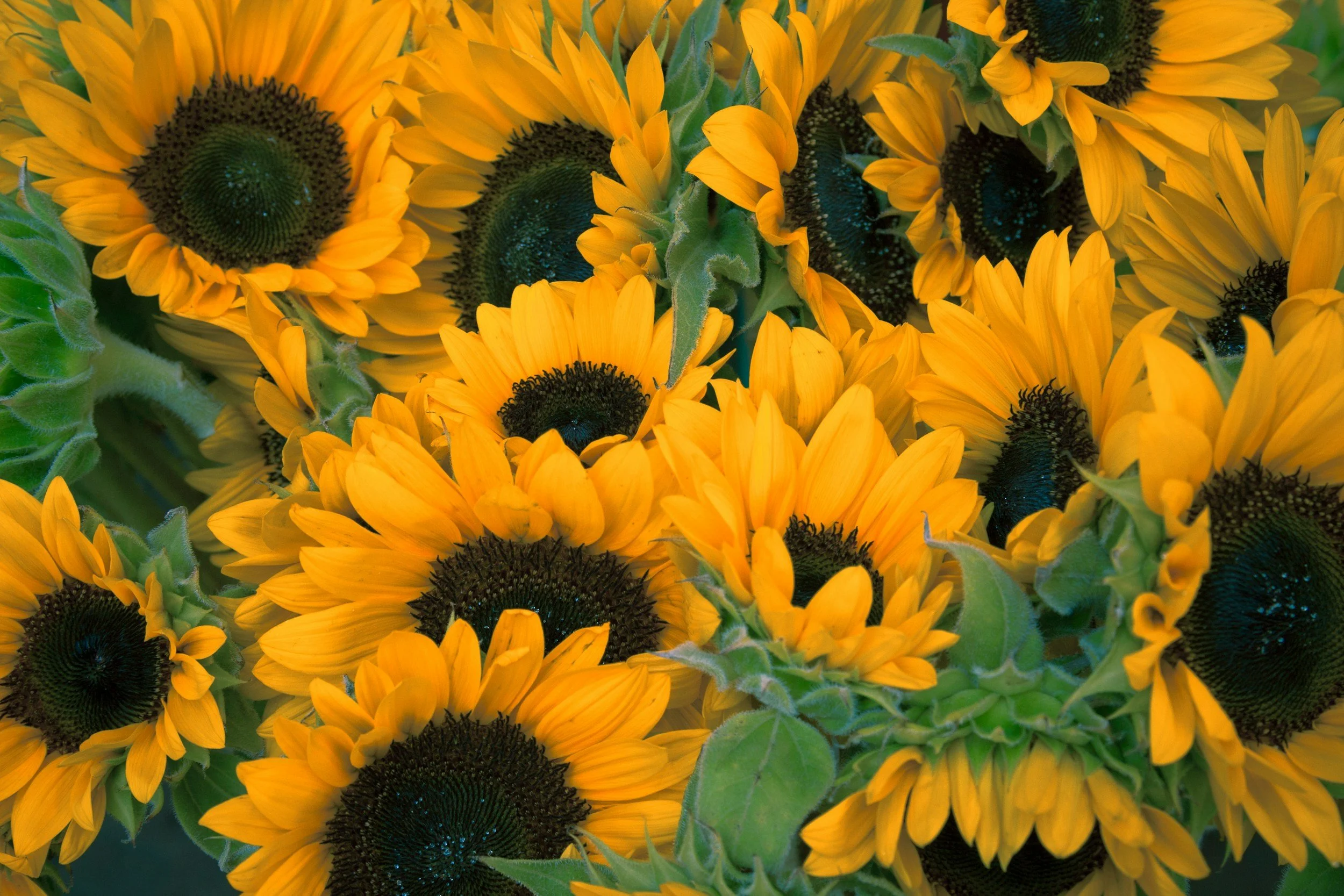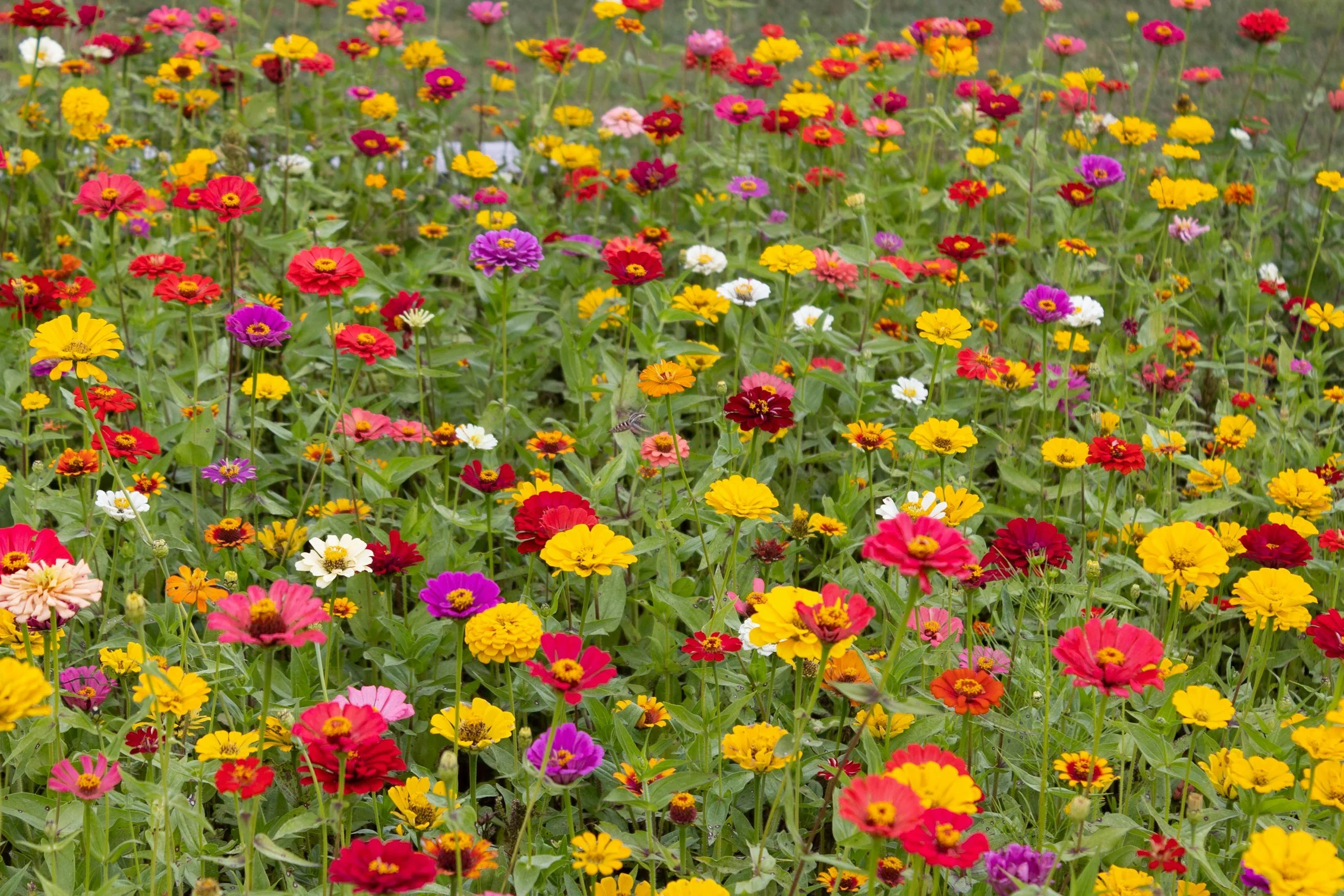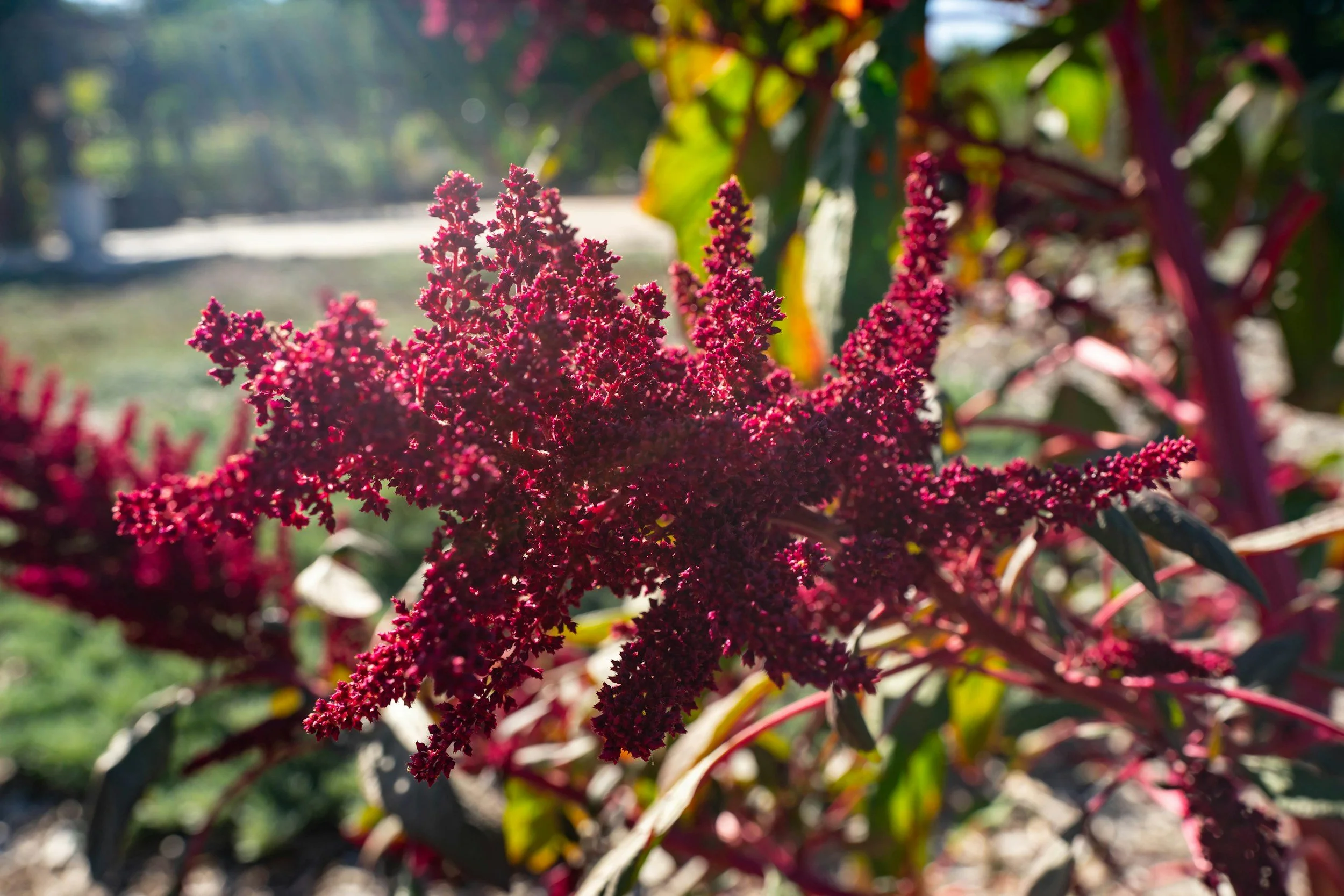Easy Cut Flowers to Grow (that you can direct seed!)
If you’ve been wanting to grow your own flowers but are new to gardening, you’re in the right place. This blog post will cover five of the easiest cut flowers to grow that you can direct seed right into the soil.
First, What Are Cut Flowers?
Cut flowers are flowers that are grown specifically to be harvested for use in bouquets or other creative projects. Some are also cut and come again, meaning that the more you cut from them, the more blooms they produce, while others produce a single bloom per stem.
So when you hear the term cutting garden, that means it’s a garden filled with flowers meant for harvesting and using in arrangements.
What is Direct Seeding?
Direct seeding means that you can plant the seeds right into the soil in your garden, rather than starting the seeds indoors earlier in the season.
Let’s dive in — these are five flowers you can direct seed right into your garden that are pretty easy for beginner gardeners to grow.
Cosmos
Cosmos are a low-maintenance cut-and-come-again flower, so you’ll be able to get blooms all season long! Plant your cosmos seeds in an area that gets full sun and has well-draining soil. Cosmos can also get pretty tall, so you may need to stake them as well. Deadheading (i.e., removing spent blooms) is the key to keeping your cosmos blooming.
Sunflowers
Sunflowers are a classic for any garden, and being easy to grow makes them a great choice for beginners. While they can handle most soil conditions, they do require full sun to grow their best. There are two types — branching and singles. Branching sunflowers will produce multiple blooms over an extended period, while single-stem sunflowers are one-and-done. However, single-stem sunflowers have better vase life and are easier to use in a bouquet. Many varieties bloom within 55-65 days of seeding, which means you can plant seeds every week (this is called succession planting) so that you have a continuous supply of flowers to cut.
Sunflower
Calendula
Calendula
Calendula is not only a beautiful flower, it’s also edible and its herbal qualities offer wellness benefits! It’s very low-maintenance and able to grow in full sun or part shade, but it does like fertile, well-draining soil. It is also a useful companion plant in the eco-friendly garden, attracting beneficial insects as well as acting as a "trap crop" by drawing pests away from more vulnerable plants. Regular cutting and deadheading encourages more blooms and prevents the plant from going to seed, extending the harvest window.
Zinnias
Zinnias are a beautiful statement flower. They’re great for summer, as they like full sun and are pretty drought-resistant. Remember to pinch them when they are 8”-12” tall to encourage more branching. Also, these are cut-and-come-again, which means the more you harvest blooms, the more they produce. There are so many varieties and colors to choose from.
Amaranthus
There are several varieties of amaranthus — some have giant plumes, some have long tassels, and others are more of a spike — and they’re all really fun in bouquets! You can even use just the foliage in bouquets.
It enjoys full sun and well-draining soil. Many varieties are ready to harvest in 60-70 days which makes it a great choice to plant in early summer.
Best Practices for Direct Seeding
If you’re planting into the ground, rather than a container, make sure to weed the area before placing your seeds.
Make sure your soil is healthy — it’s the foundation for a healthy garden! Download our free soil guide to learn how to assess and amend your soil.
Follow the spacing guidelines on the seed packet. You won’t want to overcrowd your blooms.
Once your seeds are in the ground, give the area a good watering.
We hope this has given you some inspiration to get out in the garden and grow your very own cut flowers this year! If you’d like to learn more about creating your dream cutting garden, check out our signature program, The Eco-Friendly Cutting Garden.






